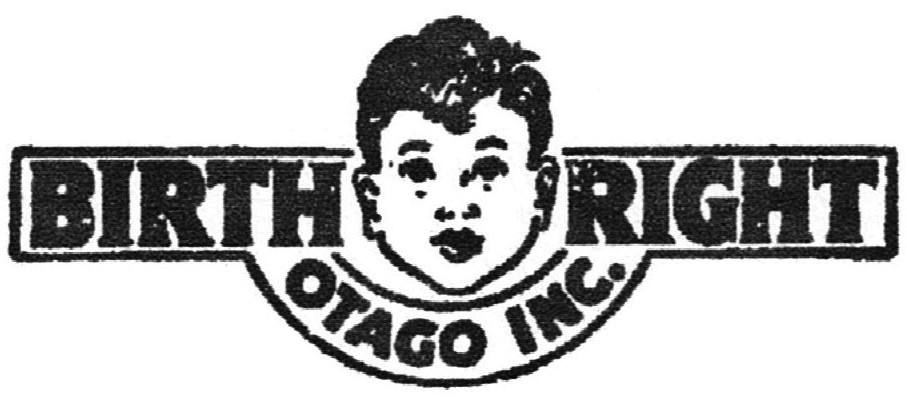Twenty years on - Birthright in the 1970s

The social and economic changes during the 1970s saw a significant rise in non-widowed, one parent families. In 1971, 5% of all households were one parent families, while births to unmarried mothers had peaked at 44.4 per 1000 women of childbearing age, up from 31.2 per 1000 in 1962. This decade also saw the rapid growth in the uptake of the brand new benefit for sole parents – the Domestic Purposes Benefit (DPB).
In 1973 one-parent families received a substantial boost with the introduction of the Social Security Amendment Bill, which introduced the Domestic Purposes Benefit. This meant that - for the first time in New Zealand’s history - separated and unmarried mothers, prisoners’ wives, and male single parents would be placed on the same basis as widows. When the Bill was introduced the Royal Commission on Social Security noted that children should not be disadvantaged by changing family patterns – a point that underpins Birthright’s philosophy.
By 1975, 1.5% of all those receiving the DPB were male. Interestingly, New Zealand’s birth rate actually fell during the period following the introduction of the DPB, from 44 per 1000 women of childbearing age in 1971 to 37 per 1000 in 1976. Birth rates among teenage single women also declined gradually over the 1970s, from 33 per 1000 in 1972 to a low point of 25 per 1000 in 1984.
Just prior to this, in 1972, the issue of whether or not Birthright should be supporting unmarried mothers came up at the national conference once more, following the original debate in the 1960s. The Executive decided this type of family should be referred to organisations established especially for that purpose. However, and despite some branch opposition, a remit to admit unmarried mothers was passed at the national AGM in 1973 - due in part because many Birthright branches had been unofficially counselling and helping this type of family for years already.
In 1975 the Government announced the policy of increasing benefits at regular intervals to compensate beneficiaries for the increased cost of living. Further to this, the Government also announced an accommodation allowance of up to one week and extra assistance of $4 per week - although Birthright was disappointed that the Government failed to increase benefits for the 3rd and any further child to bring them in line with the first two children.
Between 1968 and 1976 the number of children kept by unmarried mothers was 20,908, while the number of unmarried DPB recipients as at March 1977 was 5,493, indicating that many single mothers were not applying for the benefit, or that those who did were not reliant on it for very long.
However, in 1977, the Government voted to cut back the DPB for an initial period for separated and divorced mothers in an effort to reduce the apparent increase in family break-ups - despite Birthright members arguing that this would only increase the stress in these families with detriment to the children.
Read more about Birthright’s history and Birthright today.
